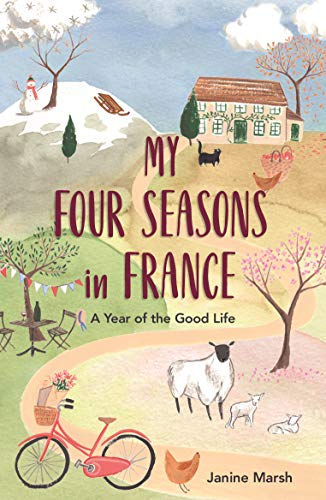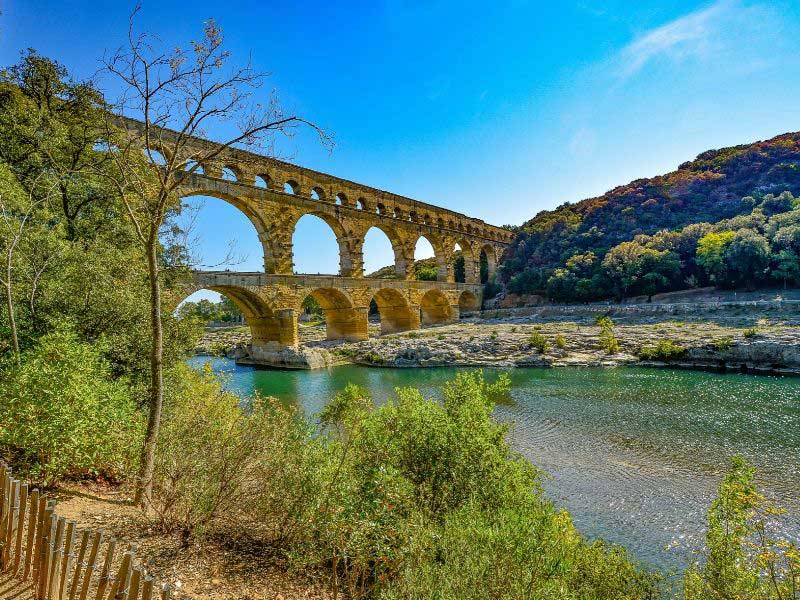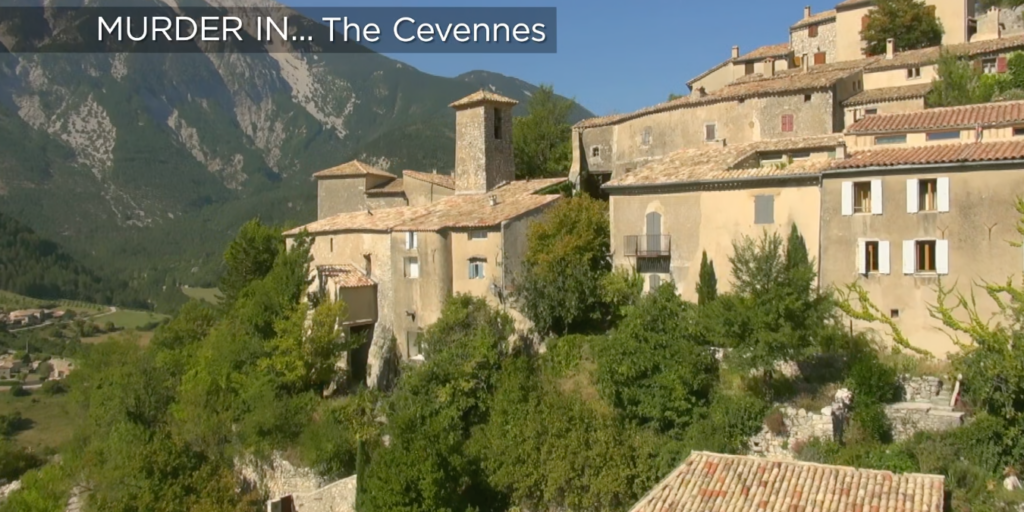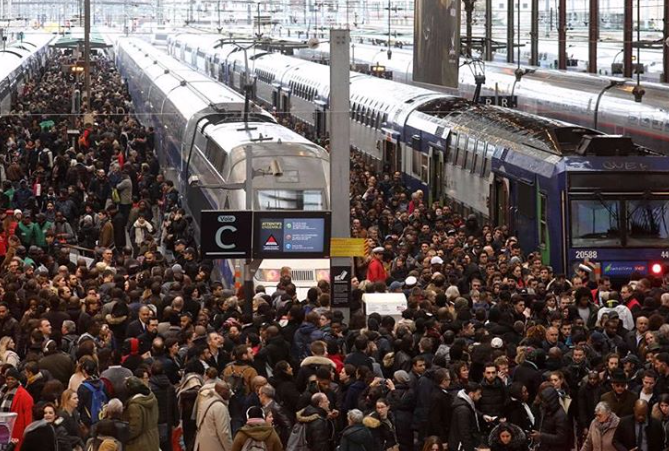
Oh boy, I love books about France and this is one of the best.
France is full of fascinating places to visit, like Paris, Provence, the Riviera, Normandy, and more. There are so many that it’s hard to decide where to go! Well, it just got harder because Janine Marsh’s description of her tiny village in “middle-of-nowhere-France” is so delightful that you’ll want to go there, too. I know I do.
Fifteen years ago, Janine and her husband Mark bought a wreck of a house in the Seven Valleys region of northern France. They didn’t plan to buy a house; they were on a shopping trip from their home in London and stumbled into a real estate office to get out of the rain. The next thing they knew they were looking at a place that cost “less than a Hermes handbag.” They bought it as a bit of a lark, thinking it would make a nice place for vacations and the occasional weekend getaway.
But life had other plans. The little village captured their hearts and soon they packed up and moved to France. The next dozen years were spent refurbishing the house (including a septic tank explosion that earned Janine the nickname Madame Merde), collecting a vast collection of farm animals (including a demented chicken named Ken) and settling into the local community.
Janine and Mark are those rarest of birds, expats who have really become members of a French village. They drink at a local bar that looks like someone’s living room circa 1955. They play charades with their neighbors, where everyone fights to play Johnny Holliday or Edith Piaf. They chat with the bread delivery man—their village is too tiny to support a boulangerie—who occasionally has questions about English (“What means the expression, ‘It sucks?’”)
The best part of the book is the way Janine writes about of her neighbors, a friendly and occasionally eccentric crew who have welcomed Janine and Mark with great warmth. There’s Jean-Claude, who teaches them how to trim hedges and make crow pâté. And Claudette, always ready with a hot cup of coffee and a plate of something tasty. And “Miss Pepperpot,” the tiny lady who occasionally needs help getting wayward cows out of her flowerbed, and offers jars of homemade jam as thanks.
I love Janine’s writing and laughed when she described a young couple falling in love over a shared passion for mushroom hunting (“one fungi led to another…”) And her description of a strong local drink (“Calvados can blow your socks off, and after a couple of hours we were all pretty much sockless.”)
If you are stuck at home and looking for something to brighten your day, think about taking a trip to this delightful corner of France. I just loved this book and I think you will, too.
You can find My Four Seasons in France on Amazon.










